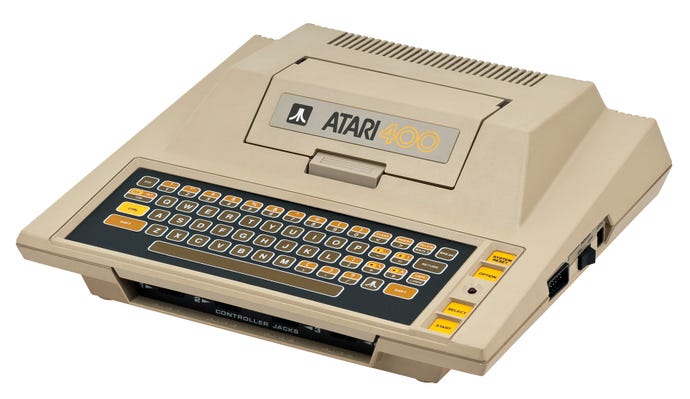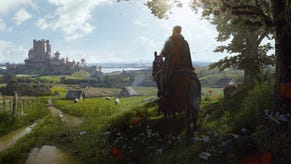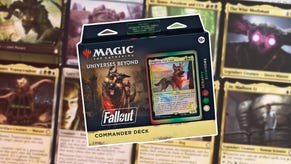USgamer Community Question: What Was Your First Game System?
It's time to reminisce about the first games machine that you owned.
This article first appeared on USgamer, a partner publication of VG247. Some content, such as this article, has been migrated to VG247 for posterity after USgamer's closure - but it has not been edited or further vetted by the VG247 team.
This week we're asking you to wax nostalgic about your very first game system. Was it a present, or did you save up and buy it for yourself? Or was it a hand-me-down? Whatever your gaming roots, we're interested in hearing about it. As always, here's the USgamer team on the machines that got them into gaming:
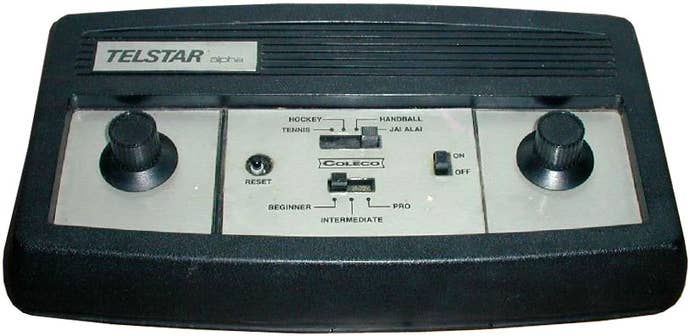
Jeremy Parish, Editor-in-Chief
The first system I bought with my own money was an NES (my brother and I spent all our 1987 Christmas cash to buy one early in 1988). The first system I owned, however, was a Telstar Alpha system. I have no idea where it came from — my father brought it home one day, and it clearly had been well used. I didn't complain, since I was barely even old enough to be in school and the prospect of any video game seemed amazing… even if the video game in question was just four Pong variants.
It wasn't even a color Pong clone. Just a plain ol' black-and-white model! On the other hand, I was able to play video games at home for free, so I wasn't really complaining. Also, we only had a black-and-white television. Getting, say, a Telstar Colortron would have been like owning a 4K HDR system and only a 720p-capable television. (This is the first time anyone has ever compared a Pong clone to a games 4K console.)
Finally, thanks to the Colortron, I was the only first-grader at my school who knew what "jai alai" was… and how to pronounce it.
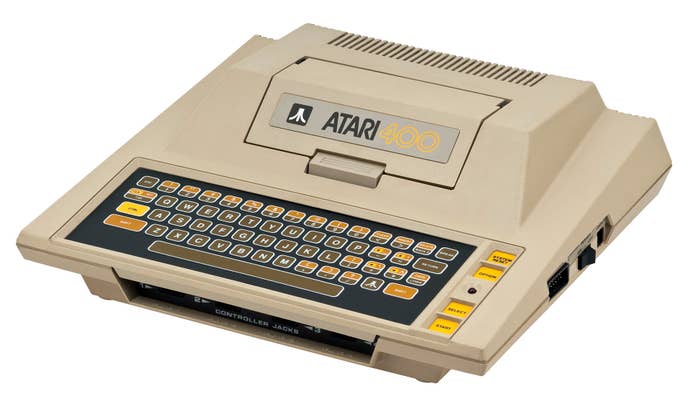
Jaz Rignall, Editor-at-Large
I acquired my first video game system in 1982, although it wasn't a console - it was a home computer. At the time, I was actually saving up for a ZX Spectrum, which had only just been released. The problem was, however, that I didn't have much in the way of income, and I knew it was going to take me an absolute age until I could garner sufficient funds to secure one. But then, I had a bit of luck.
I used to hang out with a bunch of university students at my local arcade, and one of them was moaning to me about the fact that he'd completely run out of money. He'd actually frittered away his student loan on weed and playing slot machines, and didn't have enough cash to make it through to the end of the semester. To make ends meet, he was selling a bunch of stuff, and wondered if I was interested in any of it. I most certainly was: He had an old Atari 400 computer that I took off his hands for a super-low bargain price. It was much better than a ZX Spectrum, and came with a load of games that he'd pirated.
Sure, it had the world's crappiest touch-sensitive keyboard, and games took up to 25 minutes to load, and half the time they didn't load at all, but I loved it. That summer, I spent countless hours playing the likes of Star Raiders, Miner 2049'er, and Fort Apocalypse - brilliant games that I still remember very fondly.
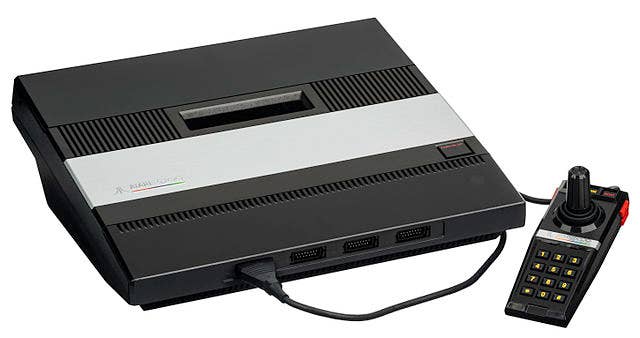
Kat Bailey, Senior Editor
My dad was one of the few people who went out and bought an Atari 5200—the Atari 2600 follow-up that crashed and burned after its release in 1982. It was best-known for its TV remote-like controllers and their squishy joysticks; and yes, they were every bit as bad as you might think.
My dad picked up the Atari 5200 shortly after its launch in 1982, and there are baby pictures of me watching with rapt attention as he plays Star Raiders. When I was old enough, I started playing a bit myself, my favorite games being Breakout, Star Raiders, and Space Dungeon—the last of which utilized two controllers to create a quasi-twin stick shooter. Being three or four years old at the time, I didn't really have any idea what I doing, but my dad was there to set me up so I could shoot down more aliens.
Eventually, like everyone else in my age group, I became aware of the NES revolution; and by the Christmas of 1990, I had a Nintendo console of my own. The Atari 5200 went into storage, then was later sold to a friend. I'll never claim that it was a great console—it wasn't—but it was my first gateway into gaming. And when you're four years old, sometimes that's all you need to become a fan for life.

Nadia Oxford, Staff Writer
To this day, I have a hard time believing Coleco started out as a leather company. When I think “Coleco,” I still think of that huge hunk of mostly-hollow black plastic that was the ColecoVision. My first console.
I was four when my father bought our ColecoVision and a copy of Donkey Kong from a co-worker. It wasn’t exactly love at first sight; I wouldn’t fall off the precipice and land neck-deep in actual video game addiction until I played the NES for the first time some years later. I still spent a fair few hours with the system, especially when my parents returned from a Maple Leafs game one day with the Atari 2600 expansion module.
I still have a soft spot for the ColecoVision. Even as a kid, I was annoyed at how primitive Atari 2600 games looked and admired how clean and detailed ColecoVision games seemed in comparison.
That controller is one hellish construct, though. The enormous number pad is one thing, and the built-in joystick component is something else entirely. I suppose the idea is to pinch the joystick between your thumb and forefinger, but there’s not a lot of give going on. It was hard enough for my weak-baby four-year-old self to jam the heel of my palm into the stupid thing to make Mario walk right. The things we do for video games.
